As the core equipment of film processing, the technological evolution of film slitting machine is directly related to product quality and production efficiency. The technological breakthrough from tension control to automatic deviation correction reflects the pursuit of high precision, intelligence and stability in modern industry. Here's an in-depth breakdown of the key technologies:
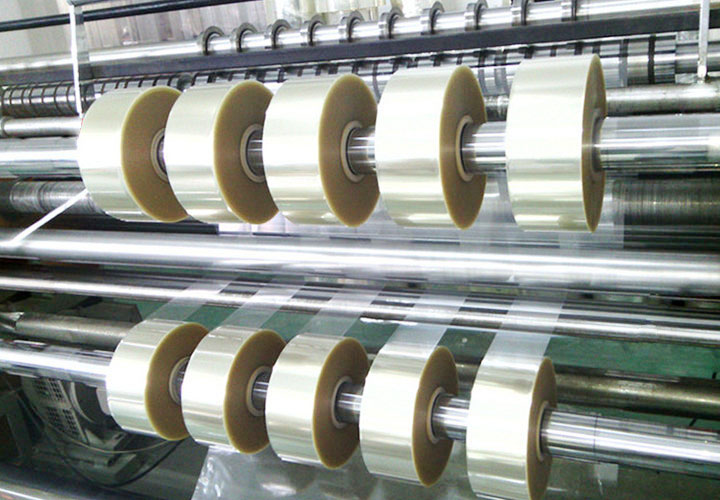
1. High-precision tension control technology
Technical challenges
During film slitting, tension fluctuations can cause the material to stretch, wrinkle or break, especially at high speeds (e.g. above 600 m/min), which is difficult for traditional mechanical tension control to meet.
Breakthrough
• Closed-loop PID control algorithm: through real-time feedback (such as tension sensor + encoder) to dynamically adjust the torque of the unwinding/winding motor, the accuracy can reach within ±0.5%.
• Adaptive tension model: Automatically adjusts control parameters based on material properties (e.g., elastic modulus of PET, BOPP) and process parameters (speed, width) to avoid overshoot or oscillation.
• Segment tension control: The slitting area adopts a "taper tension" strategy (e.g. the winding tension decreases by 10%-15% from the inside to the outside) to prevent core deformation.
Case
The slitting machine adopts multi-motor independent drive + digital tension controller to achieve tension fluctuation < 1N, suitable for ultra-thin lithium battery separator (6μm) slitting.
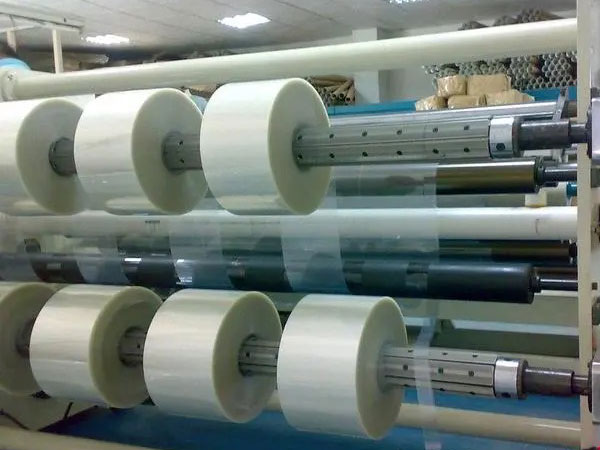
2. Automatic Web Guiding System (EPC)
Technical challenges
Film mistracking (± 1 mm can lead to rejection) needs to respond in milliseconds, and traditional photoelectric sensors are susceptible to ambient light interference.
Breakthrough
• Edge Detection Upgrades:
◦ Linear CCD+IR light source: resolution up to 0.1mm, anti-ambient light interference (e.g. 920nm wavelength of LED light source).
◦ AI image processing: Convolutional neural network (CNN) identifies film edge defects (burrs, tears) and triggers alarms synchronously.
• Actuator Optimization:
◦ Linear motor tracking: response time < 10ms, 5 times faster than the cylinder, and the repeatability of positioning ± 0.05mm.
◦ Predictive Tracking: Predict deviation trends (such as material inhomogeneity) based on historical data, and adjust the guide roller angle in advance.
Case
The "double closed-loop EPC system" (photoelectric detection + air flotation correction roller) is adopted, and the deviation correction accuracy is ±0.3mm, which is used for optical film slitting.
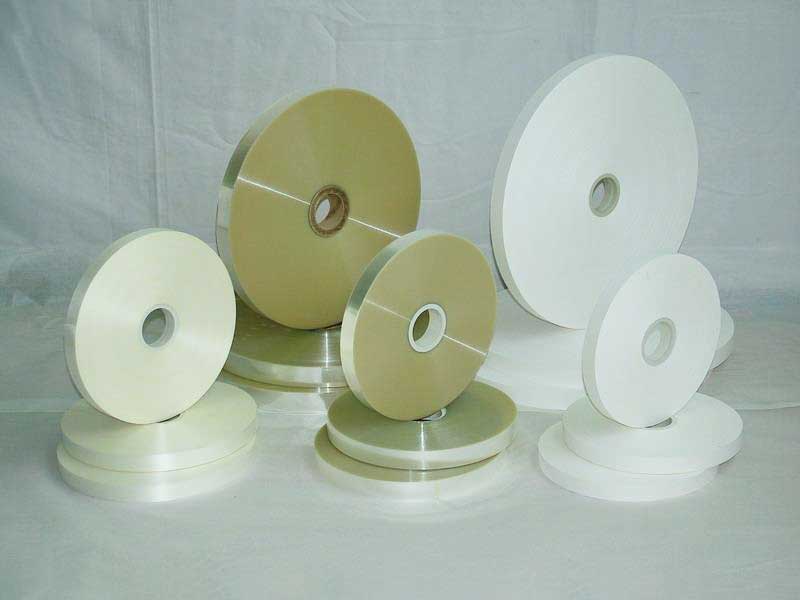
3. Multi-technology collaborative integration
System-level innovation
• Tension-Guiding Coupling Control: Through coupling algorithms (e.g., fuzzy PID), the local tension is fine-tuned synchronously during correction to avoid edge stretching.
• Digital twin simulation: virtual commissioning to verify parameters in advance (e.g. vibration suppression scheme when the slitting speed is increased from 300 m/min to 800 m/min).
• IoT platform: real-time monitoring of OEE (Overall Equipment Effectiveness) and predictive maintenance (such as early warning of the life of the guiding cylinder).
4. Future technology direction
• Magnetic levitation guide rollers: zero-friction deviation correction, suitable for nanoscale thin films (such as graphene conductive films).
• Quantum tension sensing: Tension measurement based on the principle of quantum entanglement, with a theoretical accuracy of up to 0.01N.
• Fully autonomous AI control: "Self-evolving" process parameter optimization through reinforcement learning (RL).
summary
The technological breakthrough of the film slitting machine is essentially an upgrade of the "perception-decision-execution" chain:
High-precision sensing (e.g. CCD/fiber tension detection→ Intelligent algorithms (adaptive PID/AI prediction), → highly dynamic execution (direct drive motor/pneumatic servo). In the future, with the explosion of demand for flexible electronics and new energy films, slitting technology will further evolve to "ultra-precision + unmanned".



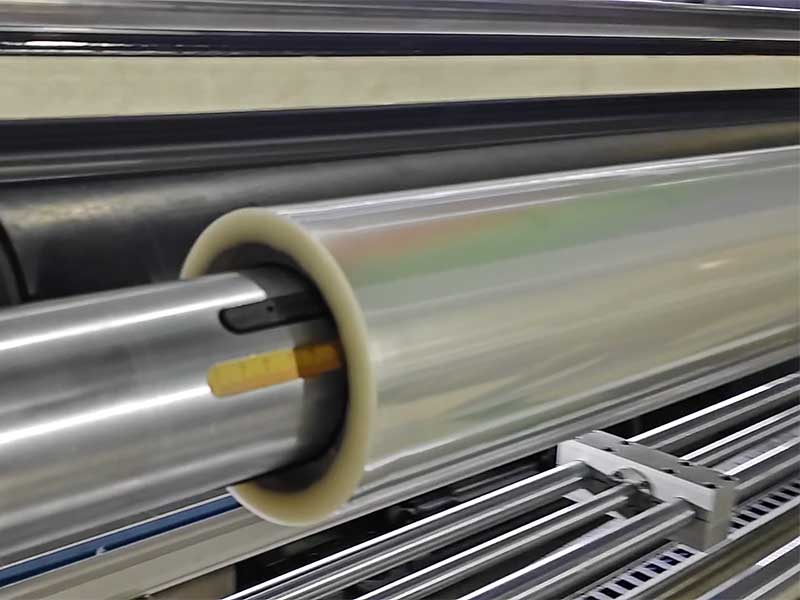
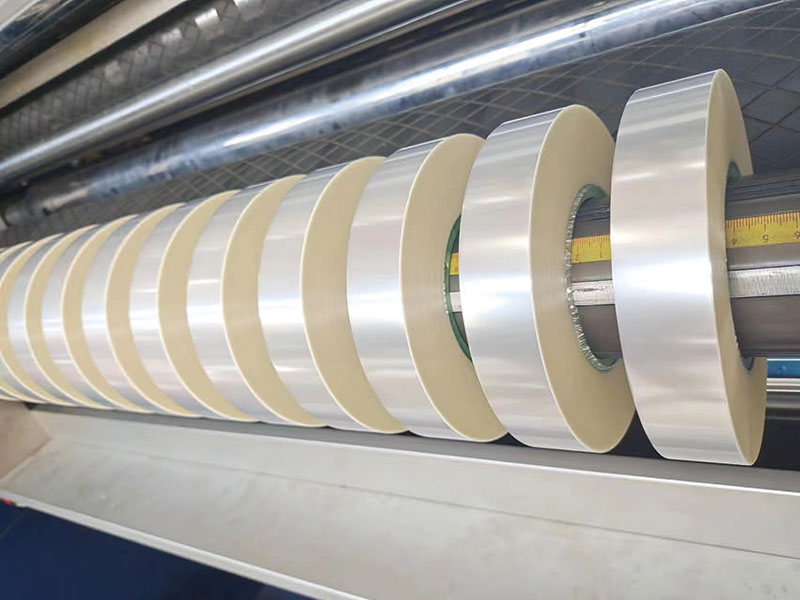
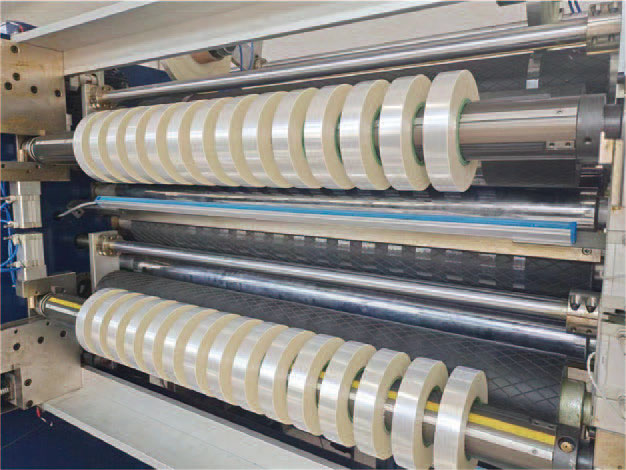
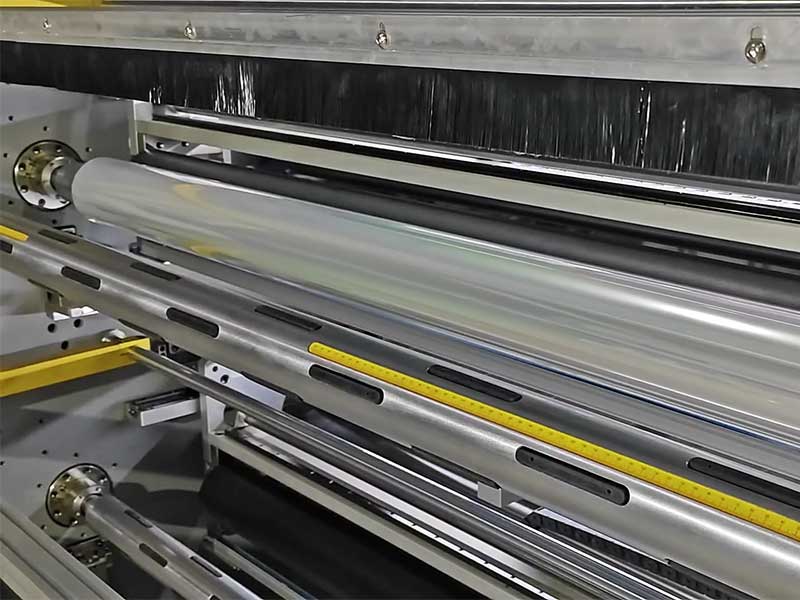
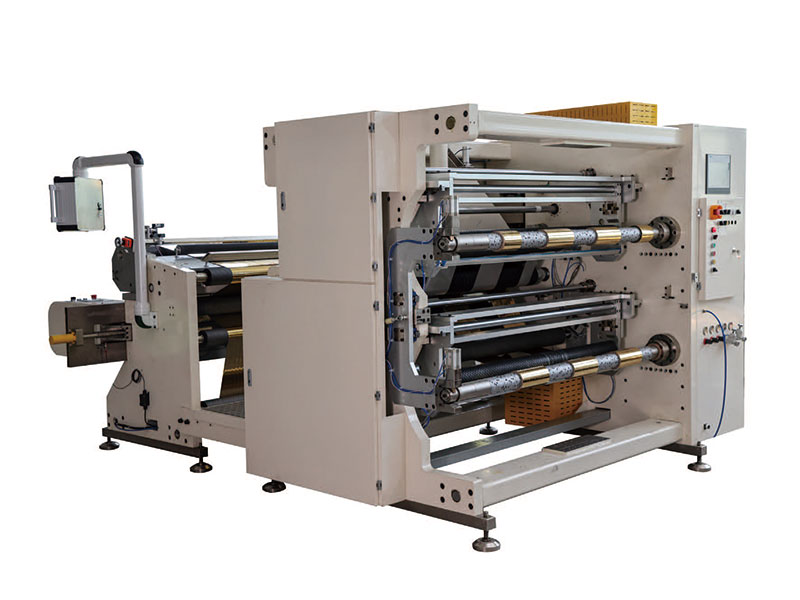 1400mm Hot Stamping Foil Slitting Machine
1400mm Hot Stamping Foil Slitting Machine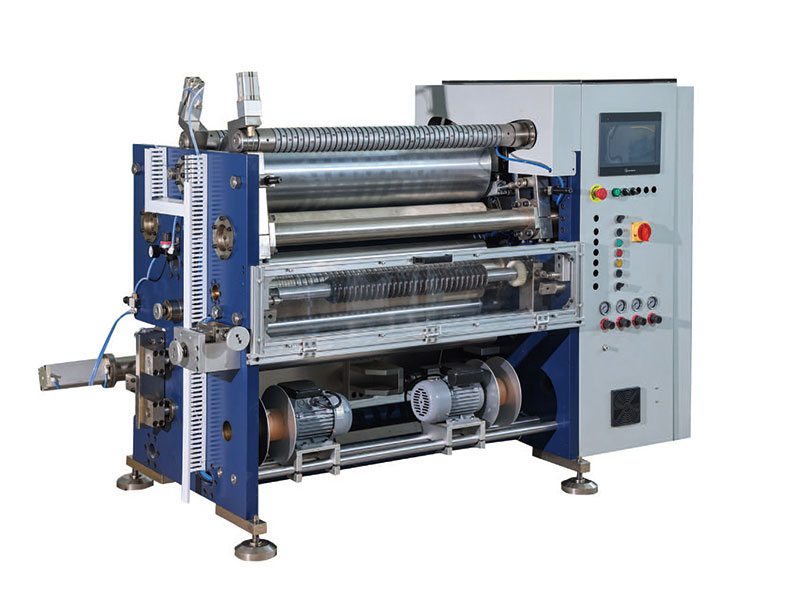 800mm Hot Stamping Foil Slitting Machine
800mm Hot Stamping Foil Slitting Machine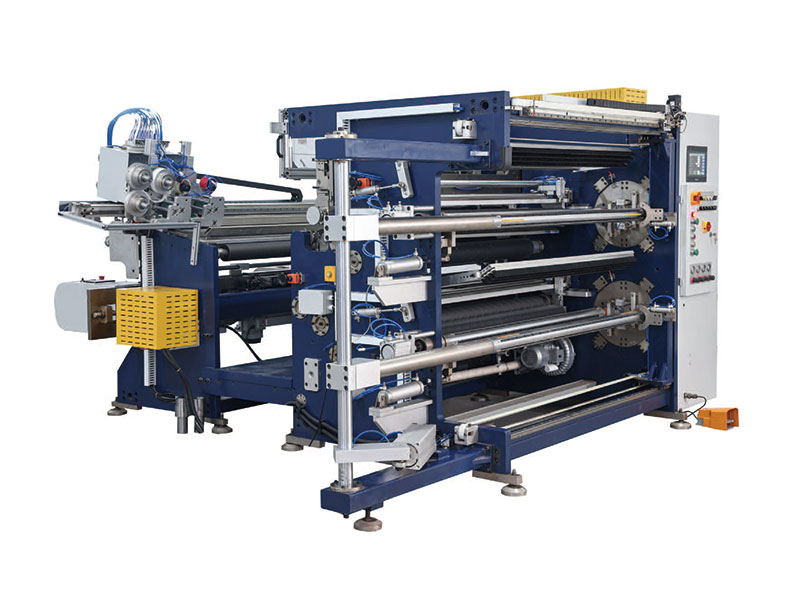 1350mm Hot Stamping Foil Slitting Machine
1350mm Hot Stamping Foil Slitting Machine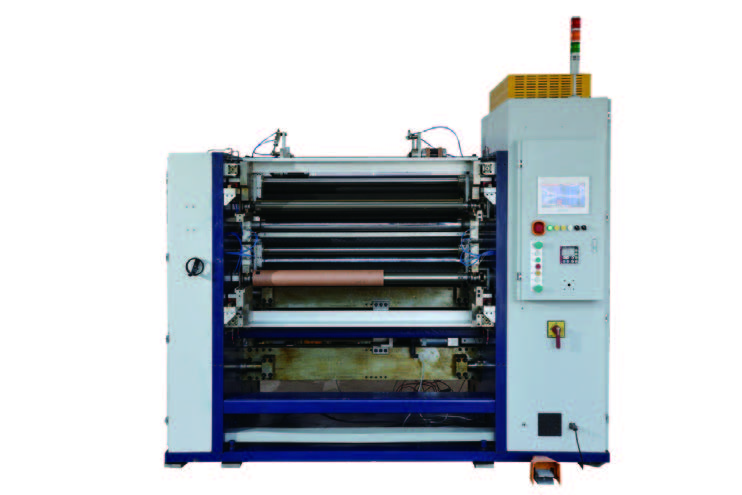 New Energy Ultra-thin Film Slitting Machine For Capacitive Film
New Energy Ultra-thin Film Slitting Machine For Capacitive Film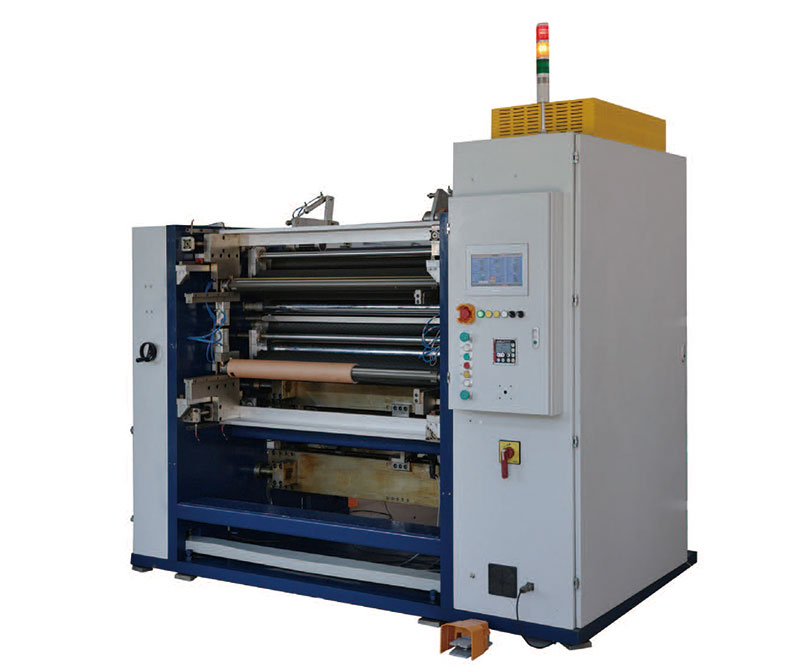 New Energy Ultra-thin Film Slitting Machine For MOPP
New Energy Ultra-thin Film Slitting Machine For MOPP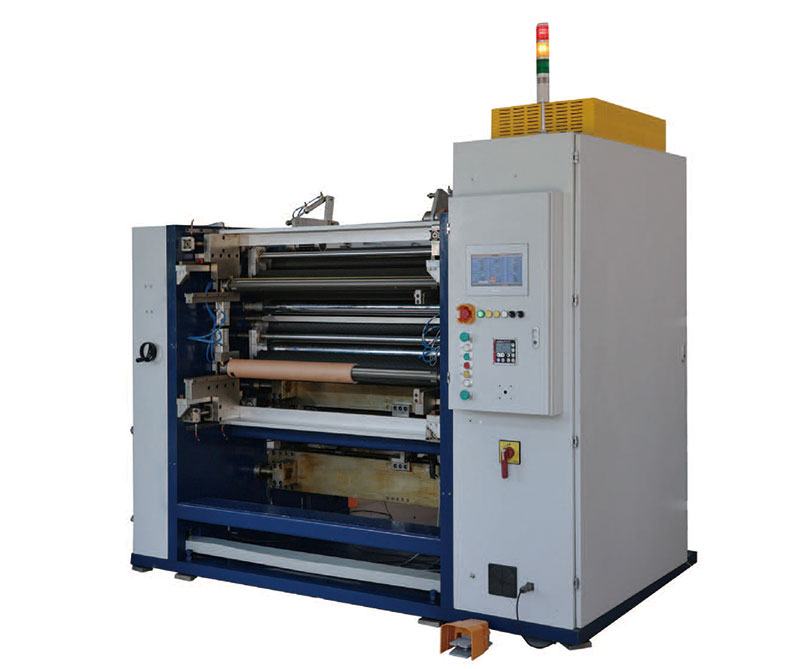 New Energy Ultra-thin Film Slitting Machine For MPET
New Energy Ultra-thin Film Slitting Machine For MPET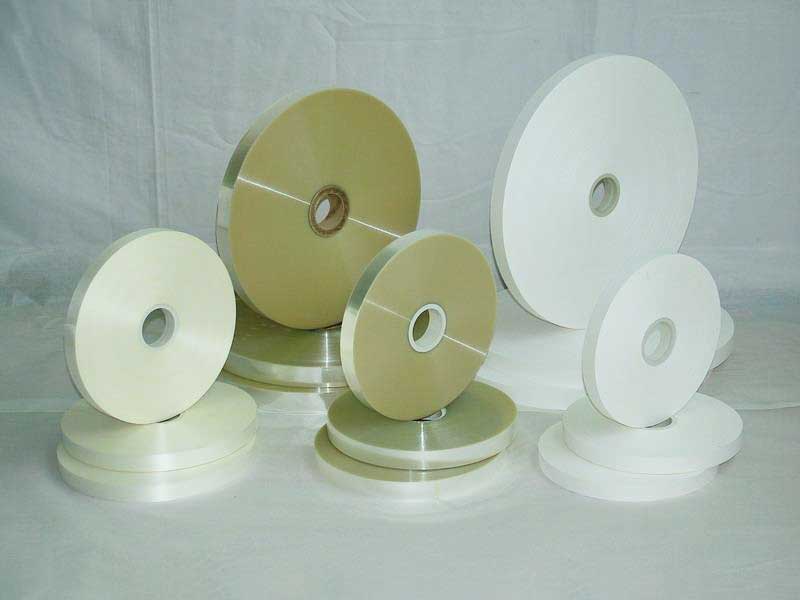 Film Slitting Machine
Film Slitting Machine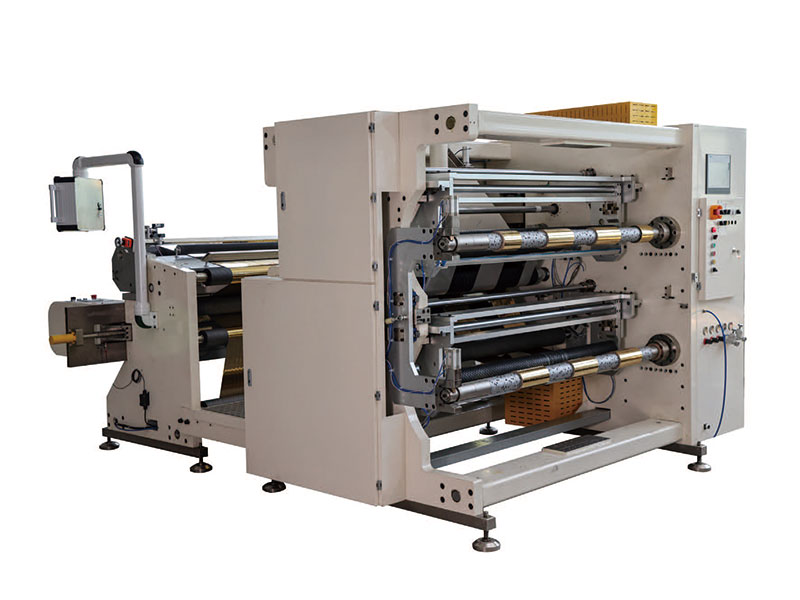 1400mm Copper Foil Slitting Machine
1400mm Copper Foil Slitting Machine

